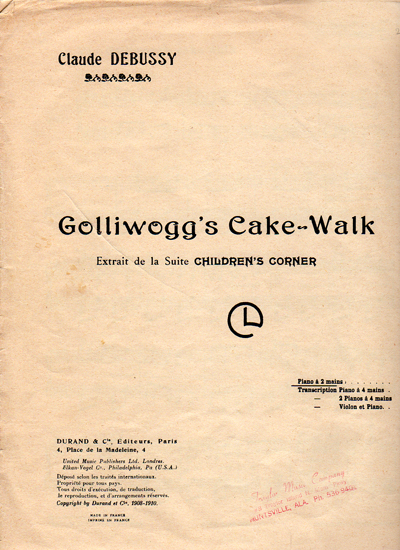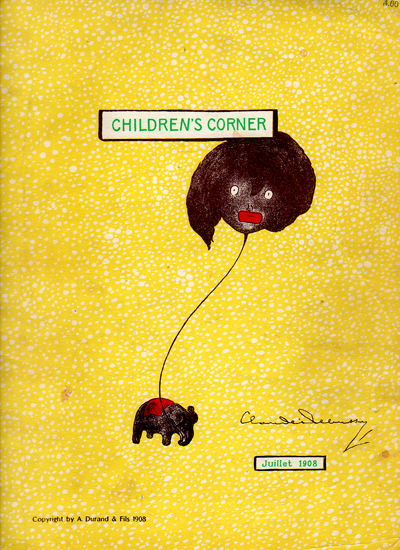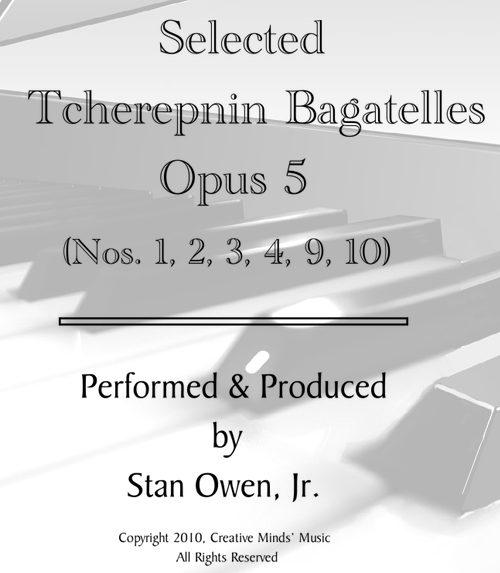Although he was world-famous at one time, today Billy Mayerl (1902 – 1959) is much better known in Great Britian than by other world audiences. Mr. Mayerl was a child-prodigy who by his teenage years was able to secure employment playing as accompanist for then-still-silent films in his local cinema. Unsubstantiated sources write that the enterprising young Billy sold chocolates during intermission to supplement his playing wages. After attending Trinity College of Music on scholarship, he played in a number of the prestigious London hotels of the day, including the Savoy.
It was particularly interesting to me, as a great admirer of George Gershwin, to learn that Billy Mayerl performed as piano soloist for the London premiere of “Rhapsody in Blue” in 1926. The editor of my copy of “The Jazz Master” notes that George Gershwin was in the audience of this historic performance.
During Mr. Mayerl’s career, he composed an extensive number of piano pieces, orchestral works, and several musical comedies for theater and radio. He rendered a body of work that exceeded 300 piano pieces, numerous technical studies, and more than a hundred transcriptions. Although he is often remembered as a composer of novelty pieces of light character, his orchestral works ensure his legacy as much more.
The four Mayerl pieces that I have recorded are ones I have played since my “Huntsville Hilton Days” (1976). It was during that productive period of my career that I constantly searched for solo piano material to fill the luncheon and dinner periods during which I played in the long-defunct “Pepper Tree” restaurant. These pieces are some of the ones I performed at the “Pepper Tree.”
Loose Elbows – I cannot avoid thinking of George Gershwin when I play this composition. The irregular rhythmic syncopation and inner harmonic lines that employ the chord’s fifth, sharpened fifth, and sixth degrees, seem more than a coincidental allusion to Gershwin. To me, this piece does at times conjure an image of a pianist with quite loose elbows…
Marigold is perhaps Mr. Mayerl’s best known and best-selling composition. It is a great study in tricky right-hand fingering—utilizing parallel fourth intervals throughout much of the piece. The composer’s choice of the key of Eb is a testament to his proclivity to compose melodies and structures that are both playable and that “fit the hand.”
Honky-Tonk is a rollicking-frolicking piece that I hope will be as amusing for you to hear as it was for me to play. It is another example of Gershwin-like syncopation. Like other of the Mayerl works, these pieces were not written for pianists with small hands. As is customary with much “Stride” style piano pieces, the left-hand requires spans of a tenth (one octave plus two notes). I am fortunate in this regard—because, if I stretch (a little) I am able to reach most of the piano keyboard elevenths (an octave and a fourth). This has been very helpful in my study of these and other styles requiring such devilishly large key-spans.
Look Lively is suitably named and was the first of the Mayerl pieces that I learned in 1976. I previously recorded an earlier version of Look Lively as part of my “Great Strides” collection of solo, jazz-piano favorites. I re-recorded the version for this recital using my current-day Ivory Steinway.
I used video production techniques akin to the “Ken Burns effect” with several pictures that I photo-copied from my personal copy of the “The Jazz Master” music book (copyright, Sam Fox, 1972) to produce this animated recital.
I hope that you enjoy the music and its presentation.


 Claude Debussy completed “
Claude Debussy completed “ A “Bagatelle” is a short, sketch-like piece—often written for piano. It was Mrs. Edwin (Katherine) Jones who first taught me these pieces during my junior-high-school years (1963-1965). I have vivid memories of my music lessons and recitals in Mrs. Jones’ living room that barely held two enormous, old and well-used, 9′ Steinway concert-grand pianos.
A “Bagatelle” is a short, sketch-like piece—often written for piano. It was Mrs. Edwin (Katherine) Jones who first taught me these pieces during my junior-high-school years (1963-1965). I have vivid memories of my music lessons and recitals in Mrs. Jones’ living room that barely held two enormous, old and well-used, 9′ Steinway concert-grand pianos.
Recent Comments